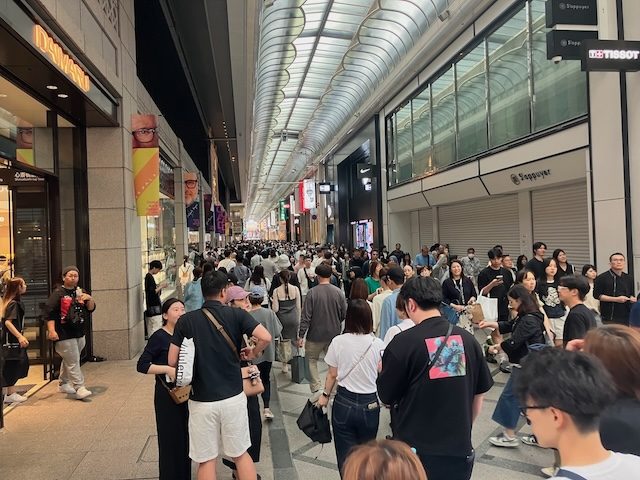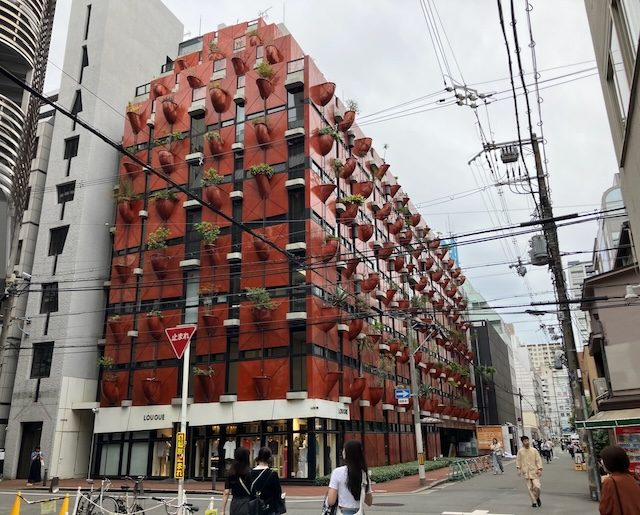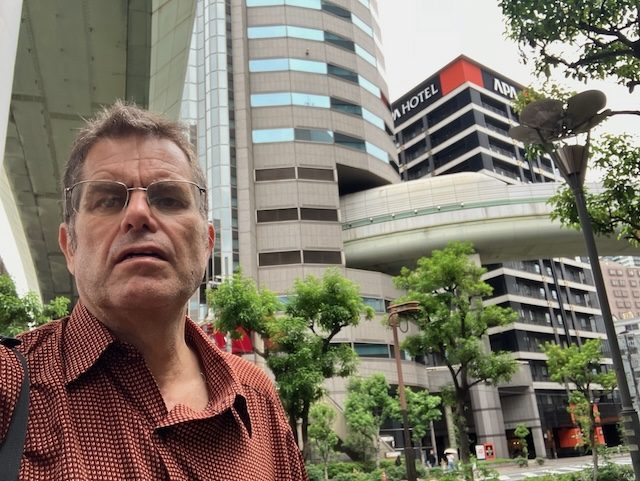OSAKA, JAPAN
Osaka’s quirky office with a strange tenant
Gate Tower Building in Osaka is a unique symbol of Japan’s brief period as economic superpower

Osaka, Japan’s third-largest city after Tokyo’s special wards and Yokohama, boasts a population of about 2.7 million and nearly 19 million in its greater metropolitan area. Among its more mainstream landmarks, like the Tsutenkaku Tower and Umeda Sky Building, there exists a truly unusual structure that embodies Japan’s 1980s financial boom and the property bubble that burst in the early ’90s: the Gate Tower Building, known for its unorthodox tenant—a highway.
The story of the Gate Tower Building begins in the early 1980s, when an old charcoal factory was closed, and surging land prices made it ideal for redevelopment. However, the property faced a unique obstacle: plans for a new highway were set to pass directly through the land. After five years of negotiations between the determined landowner and the highway authorities, an ingenious compromise was reached, and the building was completed in 1992 with a one-of-a-kind arrangement.
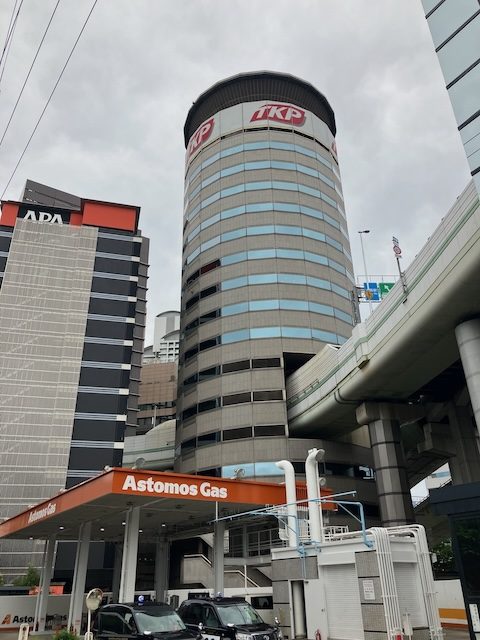
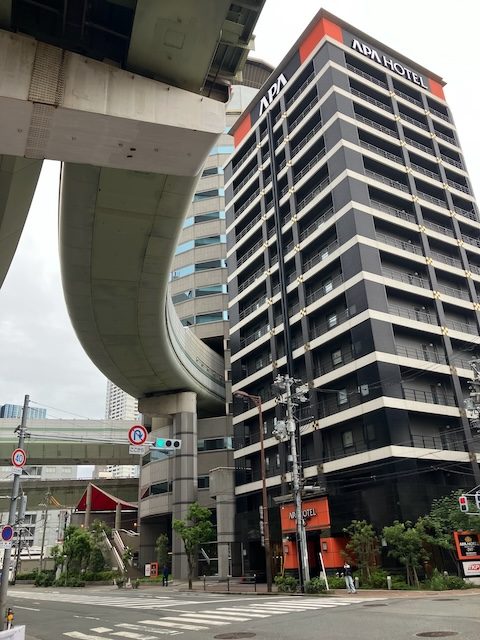
Instead of housing typical office tenants, floors 5 to 7 of this 18-story building contain the Hanshin Expressway, with a highway off-ramp running straight through them. The highway authorities actually pay rent to the building owner for their unusual tenancy, and the floors are protected by a casing to minimize vibrations. Elevators bypass these floors entirely, jumping from floor 4 directly to floor 8.
This unlikely setup reflects the economic climate of Osaka during the 1980s, when land prices tripled and construction costs represented only a fraction of total development expenses. As a result, developers were driven to bold and inventive solutions. Yet, Gate Tower’s completion coincided with the burst of Japan’s property bubble, the effects of which still linger today.
During my visit on a crisp April day, I noticed few other tourists around the area, which felt quiet save for the surrounding highways. The building is located a bit off the beaten path, away from Osaka’s bustling Umeda and Namba districts, though it does have a nearby mall and coffee shop.
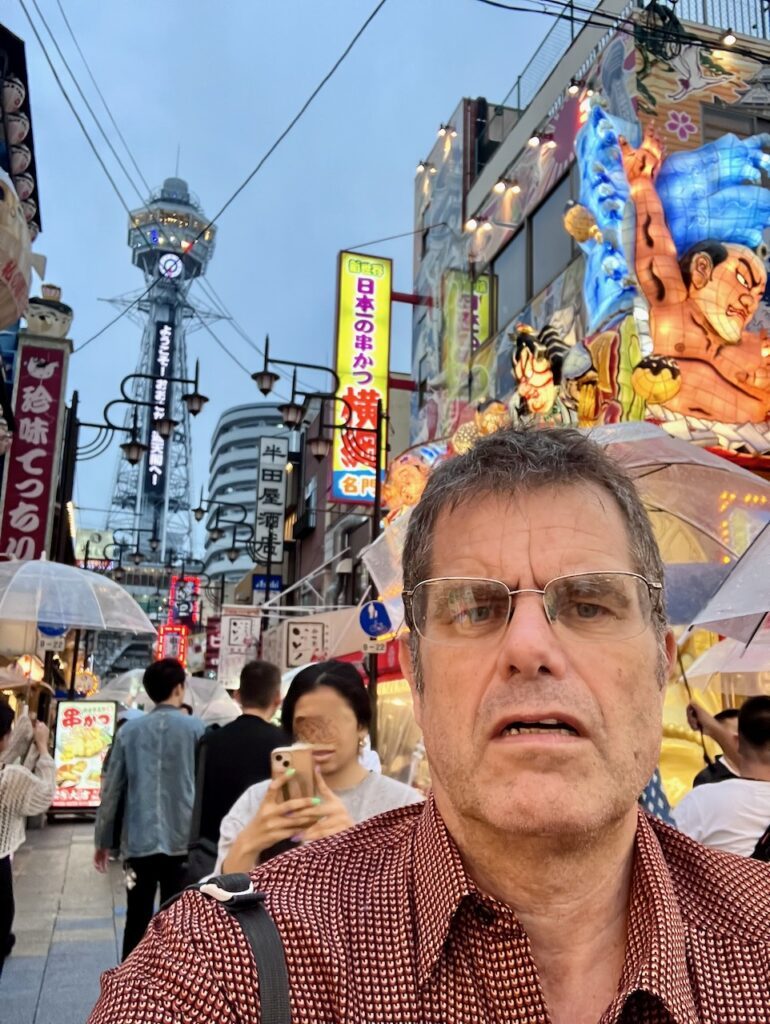
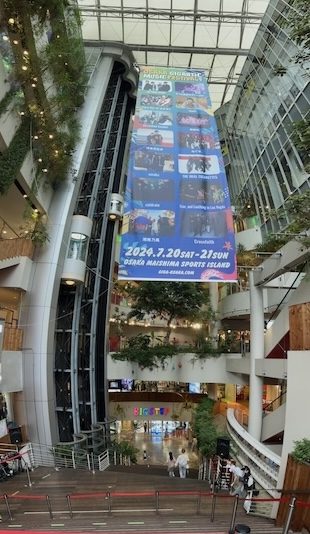
I spent four nights in Osaka, using it as a base to explore not only the city but also nearby Kobe and Kyoto, each about an hour away. Getting to Osaka by shinkansen (bullet train) was a bucket-list experience—though with bullet trains now a worldwide phenomenon, the Japanese trains no longer feel quite as unique. However, they’re still a marvel of efficiency and smoothness. Unfortunately, cloudy skies denied me any views of Mount Fuji along the way.
Osaka’s extensive metro system was convenient for getting around. I used the Suica app for most public transport—a practical option for eSIM-compatible phones and accepted across Japan. Physical cards are also available, though chip shortages may limit their supply. Osaka’s metro connections can be confusing, with some long walks between lines. One quirk I noticed: in Tokyo, people stand on the left side of escalators, but in Osaka, it’s customary to stand on the right!
